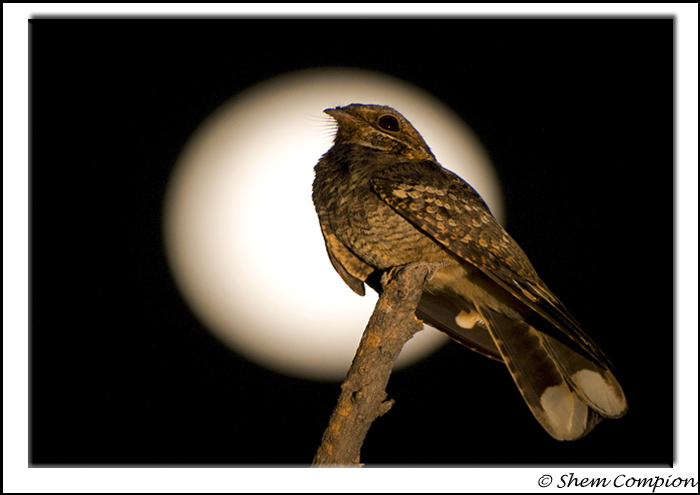There are a few sayings with regards photography that ring true to getting good wildlife images. The most commonly used is: “patience, patience, patience” and it is very true. Most top class wildlife images are a result of hours of field work waiting patiently for a situation to develop; time spent in hides and driving bad roads searching for decent subjects to photograph.
I always say that lion researchers and nature photographers are of the same ilk. For many hours we watch animals doing nothing and when they do something quite ordinary we humans get quite excited by it all. “Well as long we are out there” is another photography saying. This is normally uttered in reference to a day where everything was perfectly in place: the storm clouds had built up in the east creating a beautifully dark slate grey sky as backdrop, the sun has just peeked out from under the same clouds in the west and is casting a golden glow on a lovely open plain. But the subject doesn’t arrive and nothing of great value is photographed. We say these things when we are actually bitterly disappointed about how promising things were, and so we console ourselves that it was good to be out there. Of course it was good to “ be out there”, but hell, we were searching, scouring for a subject to do the scene justice. But that’s just how nature photography works, it tempts, frustrates, teases and plays with your mind until you either give up, or eventually something of value appears and you “get your shot”. That is probably what separates the goods from the greats in our game.
And that leads onto this month’s image and the saying that goes with it- “being prepared”. As much as nature photography tempts us, nature can reveal small beauties in a very short space of time and this is where “being prepared” comes in. I was camping with some bird photographers on the side of a river course on the Okavango River, taking daily boat cruises to go photograph (you can see a collection of the images here as well as on my blog).
On the first evening there, I noticed a fiery necked nightjar perching on a stick on the outskirts of our camp. We ran to pick up our cameras and managed to get a few images of it. However, the image I wanted was of the full moon rising behind it. I tried, but the moon was quite high and a buffalo thorn was hampering my progress to get the angle I needed. (actually it was tearing at my shirt and skin…)
The following night, I was prepared. I knew the moon would rise about 45 min later, so anticipating the nightjar would land on the stick at around the same time, the moon would be just in the right place to be behind the bird. (Another aspect of photographers is their high level of optimism!) I had my camera setup and at the ready. Now I just needed to have the bird do its thing.
For once, everything fell into place. The nightjar arrived on the minute, the moon was positioned perfectly behind it, Dave Barnes lit the bird softly with a light and I snapped off a quick sequence of this beautiful bird.
Easy as that, job was done. Lord Baden Powel would have been proud.
For more info on going on a Photo workshop to improve your photography, visit C4 Images & Safaris.
Exposure information
Nikon D300 - 200-400mm lens
Exposure – f 4 Shutter Speed: 1/100sec
Exp. Comp. - 0. EV
ISO - 1000
Flash sync– not attached, Exposure mode– Aperture priority, Metering Mode– spot
File type– NEF (RAW)
Focal length: 400 mm (600mm 35mm Equivalent)
Handheld
This article first appeared on shemimages.com
Shem Compion

No comments:
Post a Comment